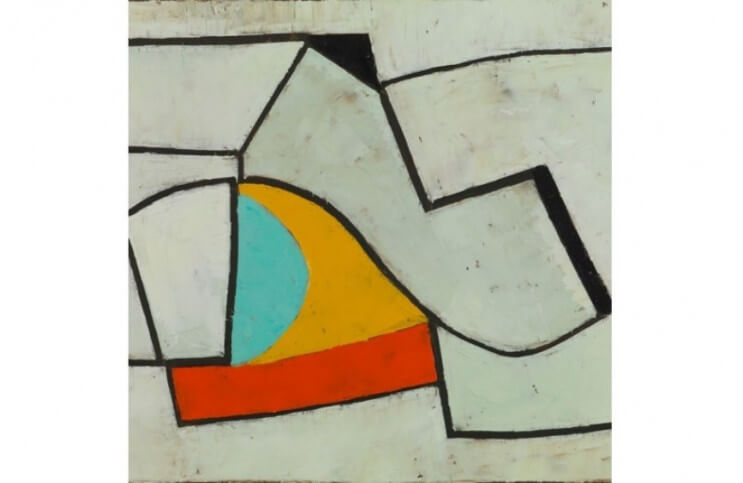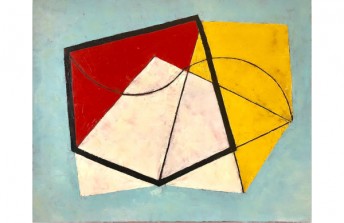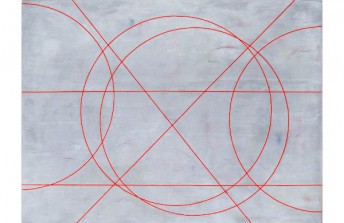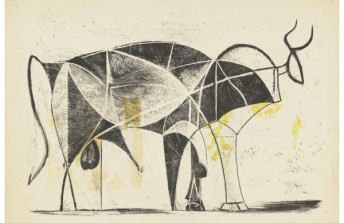Art: Should you Buy for Investment or Pleasure?
Apr 6, 2016
It’s a debate that seems to come back around time and again, and is particularly pertinent for those new to the art scene or those considering purchasing their first piece of art. Should one buy artwork as a financial investment or for pure pleasure and indulgence alone?
Art as a financial investment
As an alternative investment, the essence of art offers unpredictability as it is subject to changes in trends and fashions. Pricing comes from indices such as ArtPrice, ArtNet and Mei Moses, but even as the most reliable sources they still leave something to be desired. Arthur Korteweg is a finance professor at the American university Stanford. He warns against relying heavily on figures from institutions such as these: “The problem with those indices of repeat sales is that they assume that the paintings that don’t trade have a similar return to those that do trade”. With unreliable price sourcing (except for those very famous artists), prediction becomes incredibly difficult. This, combined with the ‘no price tag’ policy operated by most galleries, only adds to the murkiness. Generally classed as an illiquid asset, artwork is more difficult to sell than many other assets, particularly at short notice. The selling process tends to be fairly long winded, with either the owner being required to wait for a particular auction to roll around, or for the right private buyer to come along. In addition, the selling of art will only generate capital gains money and not dividends.
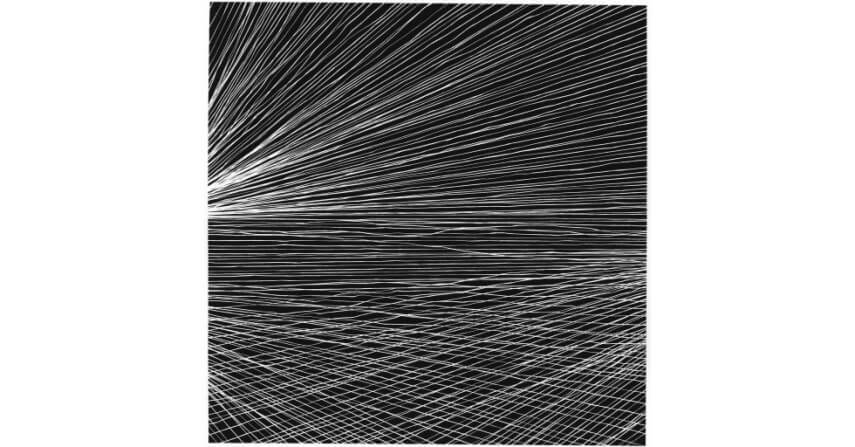 Tenesh Webber - Fall, 2014, 11 x 11 in.
Tenesh Webber - Fall, 2014, 11 x 11 in.
The Global Art Market is Growing
In 2013, the global art market reached €47.4bn (£39.7bn), one of the highest recorded totals and up eight percent from the previous year. Then, 2014 saw growth of more than a quarter - 26 per cent according to the 13th Global Art Market Annual Report. Perhaps surprisingly it is not the notable classical pieces dominating the art market; contemporary modern art made since 1875 forms the largest part of global art trade, accounting for almost 70 per cent. Art is very popular with ‘high net worth’ investors and generally the higher the net worth, the more elaborate the piece – however, you don’t necessarily have to purchase a Picasso or a Mondrian to become a collector or investor in art. Occasionally stories do reach the headlines of relatively unknown or new artists pulling in desirable yields.
Kassay is one such abstract artist who has seen his work making incredible returns. In 2010, the then 26-year old New Yorker had a piece sold at auction for $86,000 – more than 10 times its estimate. There followed a ‘Kassay-frenzy’, with his pieces changing hands for dramatic prices. In fact, blouinartinfo.com notes that at least one collector is known to have been offered $80,000 for a Kassay he purchased for just a few thousand dollars. These types of return are certainly the exception to the rule, with a joint report by Stanford University, Luxembourg School of Finance, and Erasmus University Rotterdam revealing that art on average offers just a 10 per cent annual return to the standard art index. Yields, even of this size, will only be seen on high value artworks; the Artprice 2014 Report notes that while the market offers yields of 10 per cent to 15 per cent per year, this is for works valued at over $100,000.
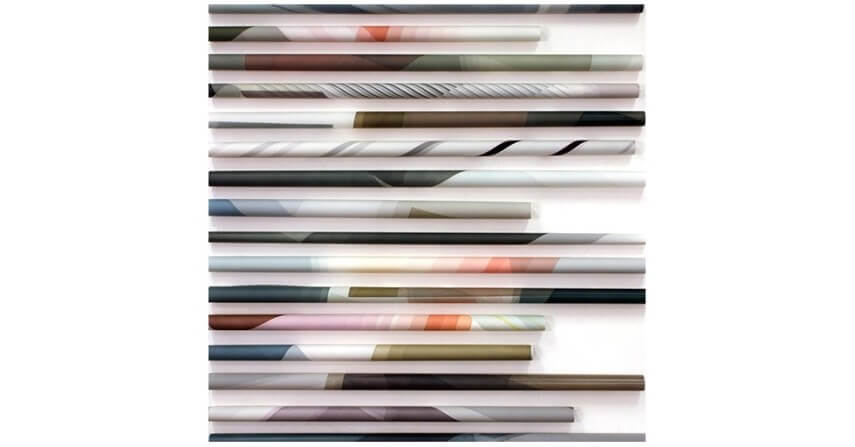 John Monteith - Untitled, 2013, 59,8 x 41.7
John Monteith - Untitled, 2013, 59,8 x 41.7
Art Funds as an Investment Option
For those more interested in the overall dynamics of the market rather than buying artwork directly, an Art Fund can be a profitable avenue. The last few years have seen significant increases in the popularity of these privately offered investment funds. Different to private ownership, these funds are managed by an advisory firm and are dedicated to the generation of returns through acquisition and disposition of artworks.
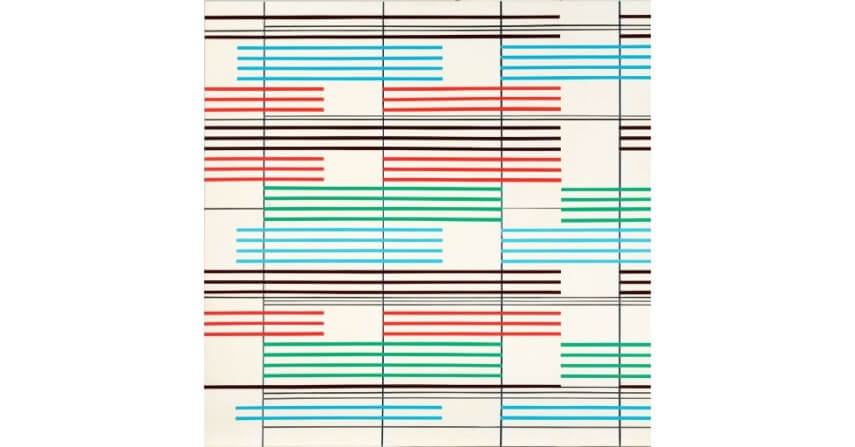 Jose Heerkens - L7. Written Colours, 2010, 59.1 x 78.7.in
Jose Heerkens - L7. Written Colours, 2010, 59.1 x 78.7.in
What makes a ‘good collector?’
When investing in art, experts caution against quick ‘flips’; dealers who get a bad name for turning around art too quickly can find themselves shunned by the art community, with artists and even galleries reluctant to work with them. Most art insiders recommend holding on to a piece for a minimum of five to ten years. Research is key to knowing your subject and gaining an understanding of what you like – and what you don’t. This can be as simple as visiting galleries and exhibitions – online and in the flesh – to see what is out there, as well as learning to evaluate and gaining an understanding of quality.
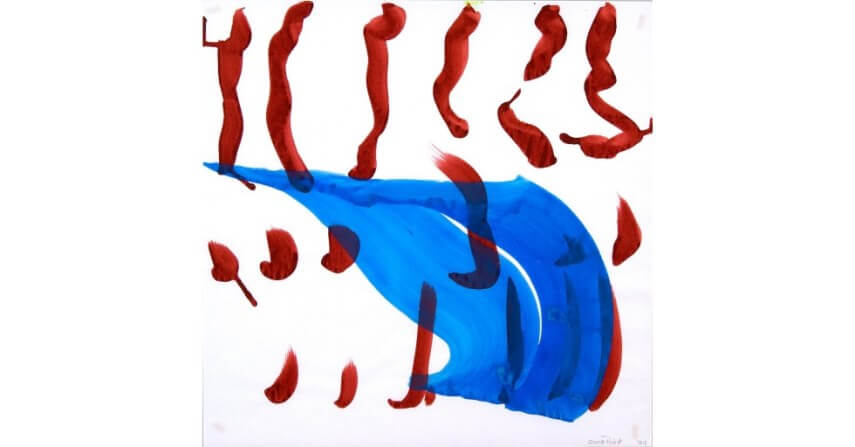 Ellen Priest - Dolphin Dance Study 18, 2003, 20.9 x 20.9 in
Ellen Priest - Dolphin Dance Study 18, 2003, 20.9 x 20.9 in
Purchasing for Pleasure
There is a firm feeling that artwork should never be bought for investment purposes only. According to a report by Barclays Bank - ‘Profit or Pleasure? Exploring the Motivations Behind Treasure Trends’ - three-quarters of participants said enjoyment was the basis for their purchase, whereas only 10 percent bought art purely for investment purposes. Those in the art circle are adamant that a piece should be bought with personal enjoyment in mind first and foremost, with gallerists advocating buying art that gives you gratification – after all, living with that art will be a return in itself.
Will Ramsey, founder of The Affordable Art Fair, told telegraph.co.uk he advocates buying with your heart as well as your head: “Look for art that moves you, that evokes an emotion. I would also say have a good look around before you buy. Don't worry if you've never bought art before – go with what your eye is telling you. You want to look at art on your wall that keeps inspiring you.” Looking at the purchasing of art as something that brings pleasure as well as potential investment is surely the ideal; the essential assessment of whether an artwork’s value will increase is whether people will continue to rate it. As the buyer, you are optimally placed to put this to the test. Purchasing something to display on your wall is a commitment, so you should ensure it is something you will gain great enjoyment from for years to come. In doing so your intentions for a good return might prove correct, and this can only be an added bonus.
Featured Image: Jeremy Annear - Harbour Forms II (Bunting), 19.7. x 27.6. (images used for illustrative purposes only)
